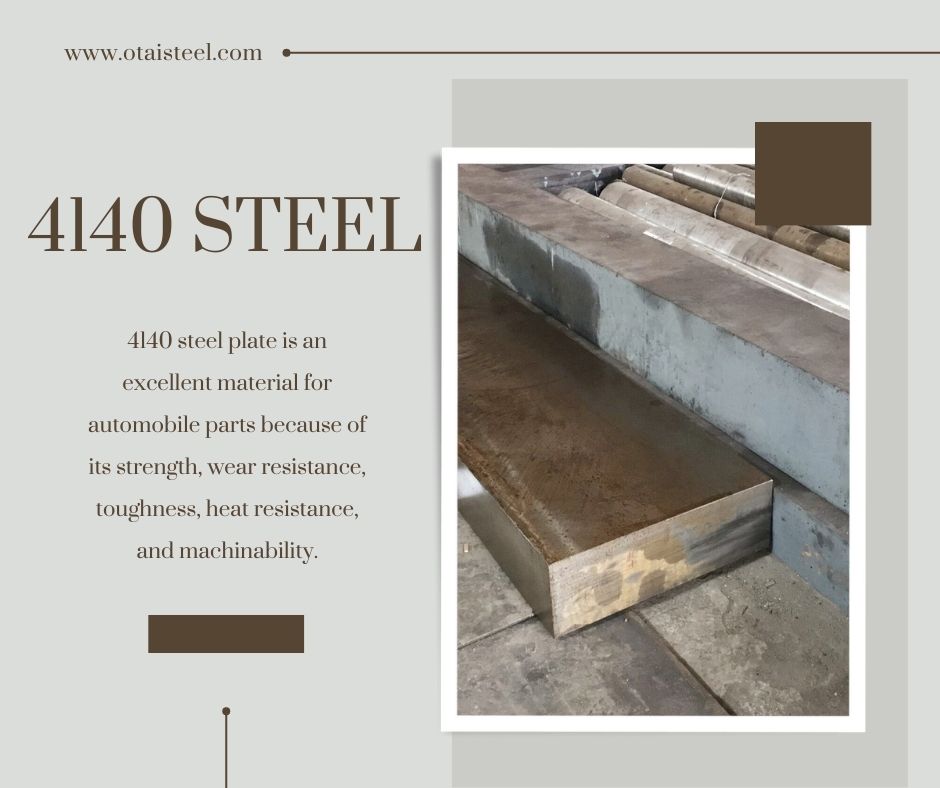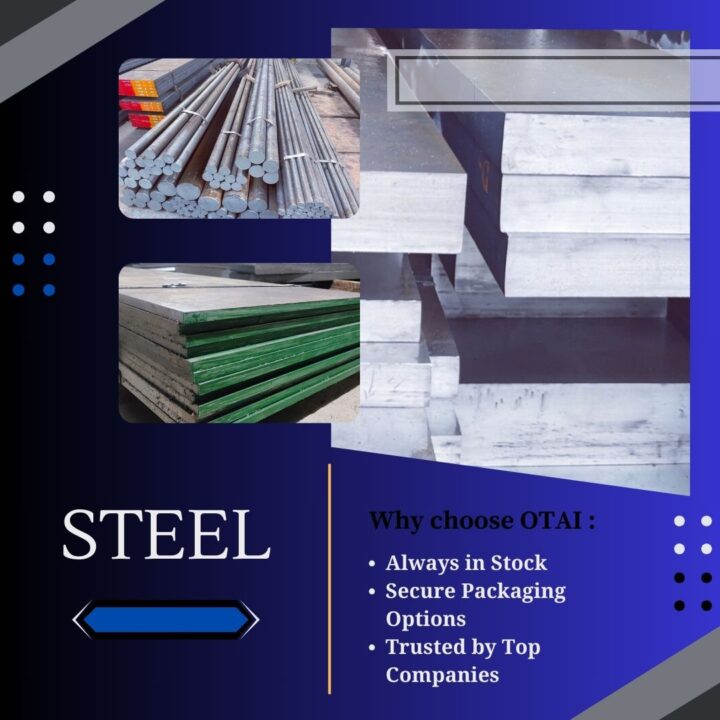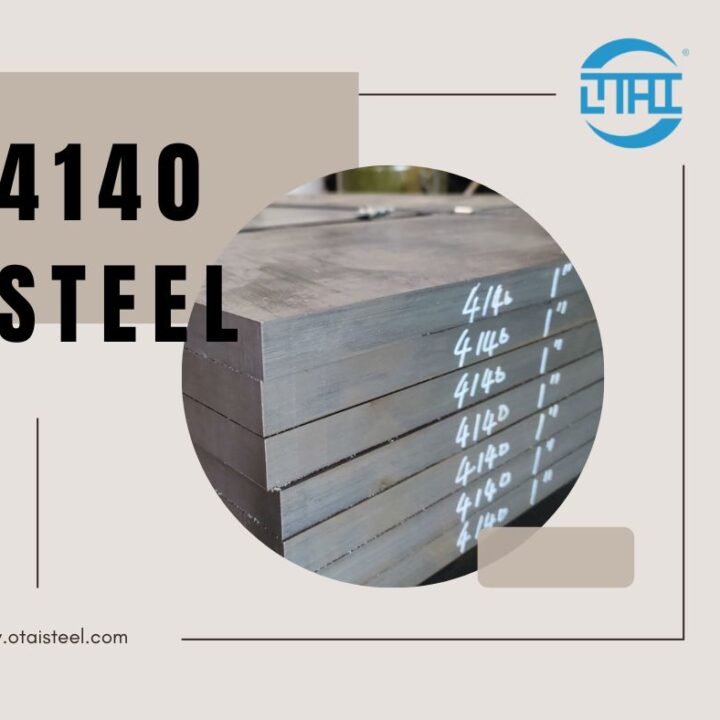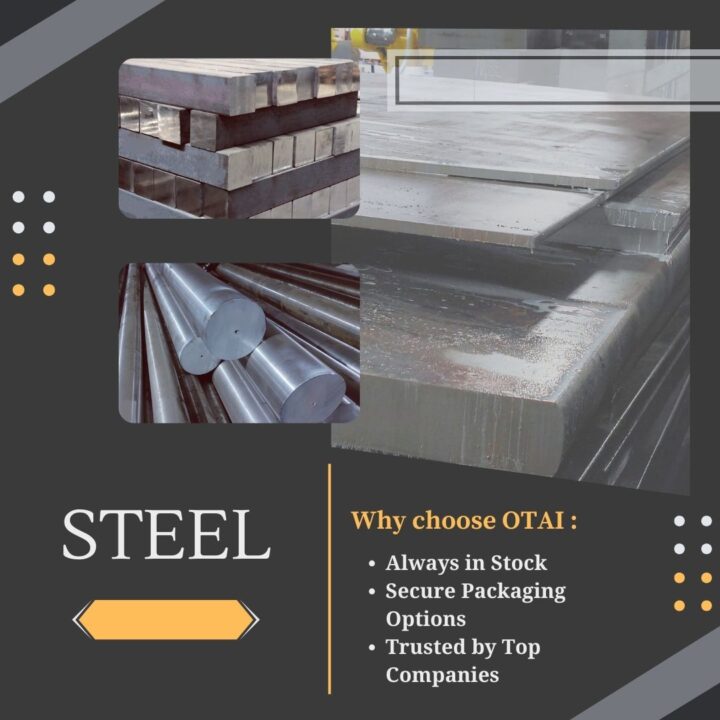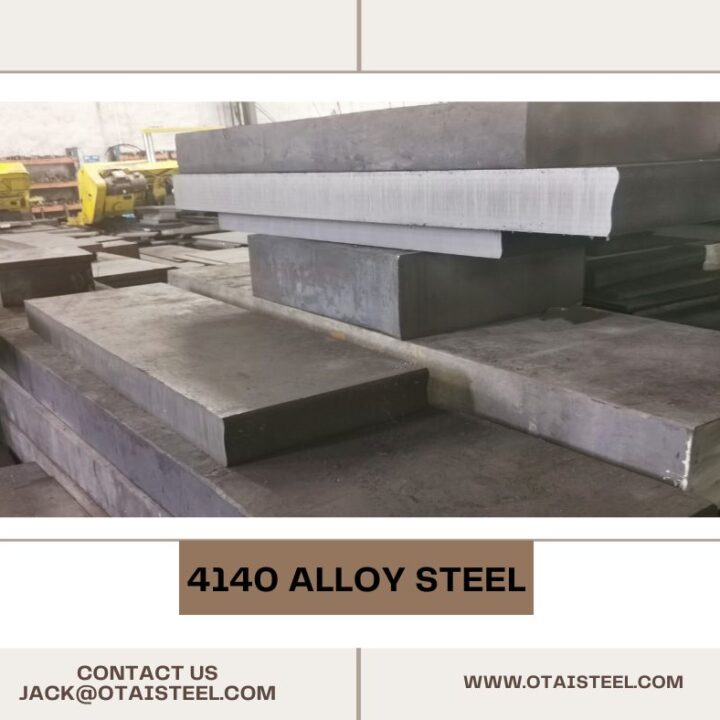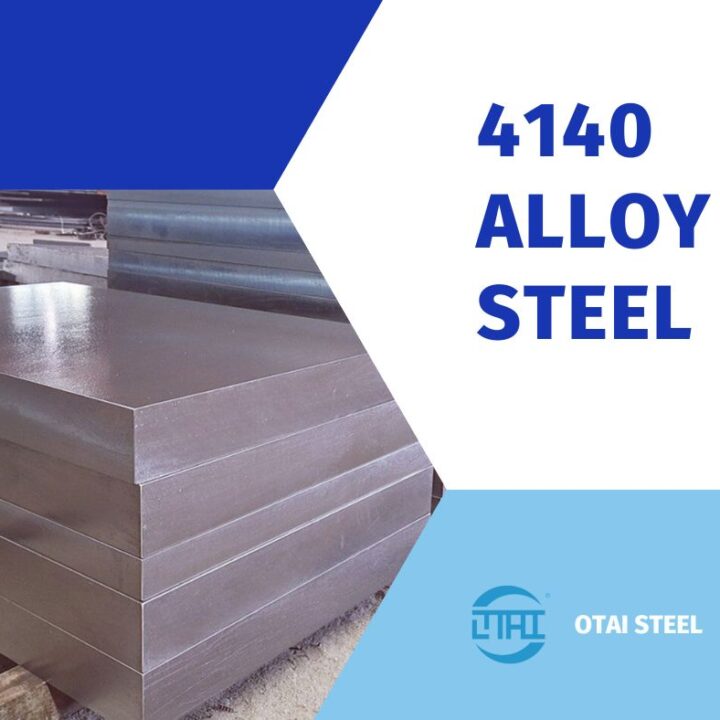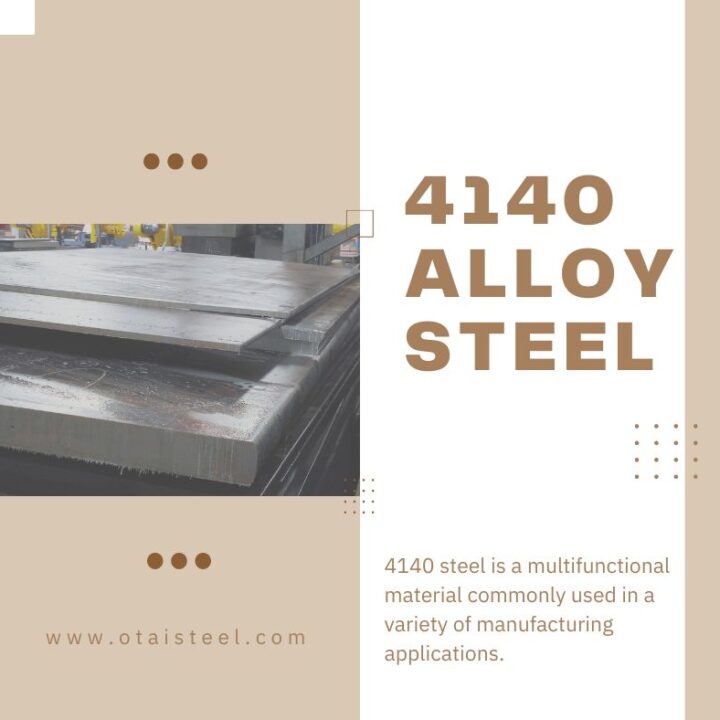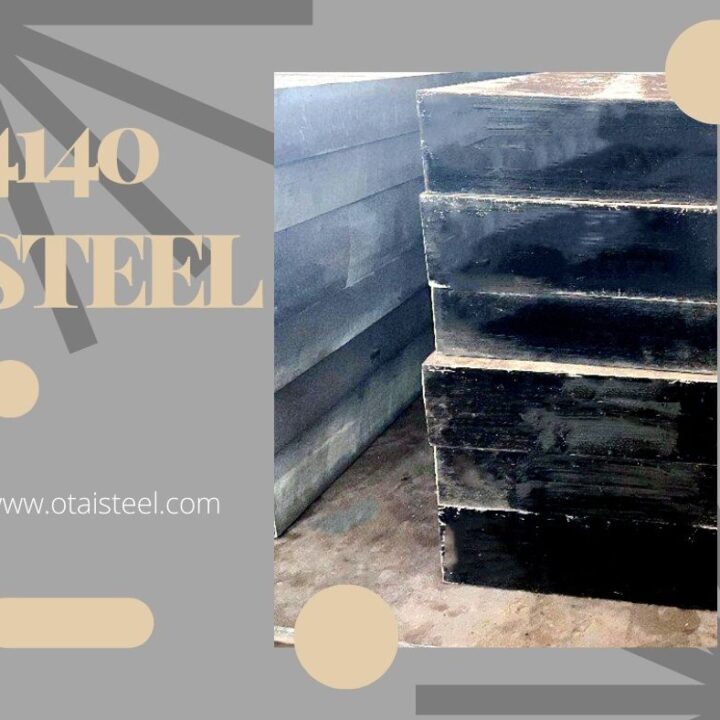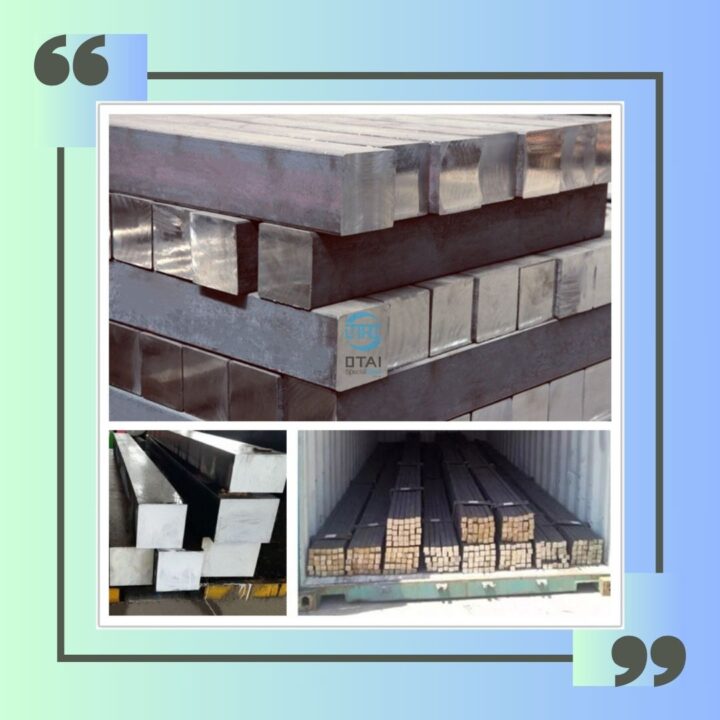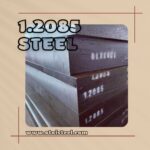4140 alloy steel is celebrated for its outstanding properties, including high strength, toughness, and wear resistance. These qualities make it a popular choice in industries such as aerospace, automotive, construction, and oil and gas. However, when it comes to welding 4140 steel, there are important considerations to keep in mind.
The Composition of 4140 Alloy Steel
Before delving into weldability, let’s briefly understand the composition of 4140 alloy steel. This steel contains:
- Chromium (Cr): Typically around 1%, which contributes to its hardenability and corrosion resistance.
- Carbon (C): Approximately 0.40%, providing hardness and strength.
- Molybdenum (Mo): Roughly 0.25%, enhancing strength and toughness.
Now, let’s explore the factors that influence the weldability of 4140 alloy steel.
Factors Influencing 4140 Alloy Steel Weldability
Weldability refers to how easily and effectively a material can be welded without compromising its integrity. For 4140 steel, several factors come into play:
- Carbon Content: The carbon content in 4140 steel can affect its weldability. Higher carbon levels can lead to an increased risk of cracking during welding.
- Heat Treatment: The heat treatment history of the steel impacts its weldability. Preheating and post-weld heat treatment are often required to minimize the risk of cracking.
- Moisture and Contaminants: Moisture and contaminants, such as oil or paint, on the steel’s surface can lead to weld defects. Proper cleaning and preparation are essential.
- Welding Process: The choice of welding process, whether it’s arc welding, TIG welding, or MIG welding, can influence the ease of welding 4140 steel.
Welding 4140 Alloy Steel: Best Practices
Now that we’ve highlighted the factors affecting weldability, let’s delve into best practices for welding 4140 alloy steel:
- Preheat: Preheating the steel before welding is crucial, especially for thicker sections. It helps reduce the risk of cracking by slowing down the cooling rate.
- Proper Cleaning: Ensure that the steel surface is clean and free of contaminants. Use solvents or mechanical methods to remove oil, rust, or paint.
- Use Low Hydrogen Electrodes: Low hydrogen electrodes, such as E7018, are often recommended for welding 4140 steel. They minimize the risk of hydrogen-induced cracking.
- Control Heat Input: Managing the heat input during welding is essential. Avoid excessive heat, which can lead to distortion and cracking.
- Post-Weld Heat Treatment: After welding, consider a post-weld heat treatment (PWHT) to relieve residual stresses and enhance the material’s properties.
Challenges in Welding 4140 Alloy Steel
While 4140 steel offers impressive properties, it does present some challenges in welding:
- Cracking: The risk of cracking, particularly in the heat-affected zone (HAZ), is a primary concern. Proper preheating and post-weld heat treatment are critical to mitigating this risk.
- Hardness: 4140 steel can become excessively hard in the HAZ after welding. This can be addressed through tempering.
- Brittleness: Overheating during welding can lead to embrittlement, reducing the material’s toughness. Precise control of heat input is crucial.
FAQs
Q1: Can I weld 4140 steel without preheating it? A1: Preheating is strongly recommended, especially for thicker sections, to reduce the risk of cracking during welding.
Q2: Are there any specific welding electrodes or wires recommended for 4140 steel? A2: Low hydrogen electrodes, such as E7018, are commonly used for welding 4140 steel due to their reduced risk of hydrogen-induced cracking.
Q3: What is the maximum carbon content in 4140 steel for good weldability? A3: While there is no strict limit, higher carbon content can increase the risk of cracking during welding. Careful consideration of welding parameters is necessary.
Q4: Can I perform post-weld heat treatment at home, or should it be done in a professional setting? A4: Post-weld heat treatment (PWHT) is typically done in a controlled industrial environment to ensure precise temperature and time parameters.
Q5: Can 4140 alloy steel be welded to other types of steel? A5: Yes, 4140 steel can be welded to other steel types, but the choice of welding procedure and filler material may vary depending on the specific combination of steels. Consulting with a welding expert is advisable for such applications.
